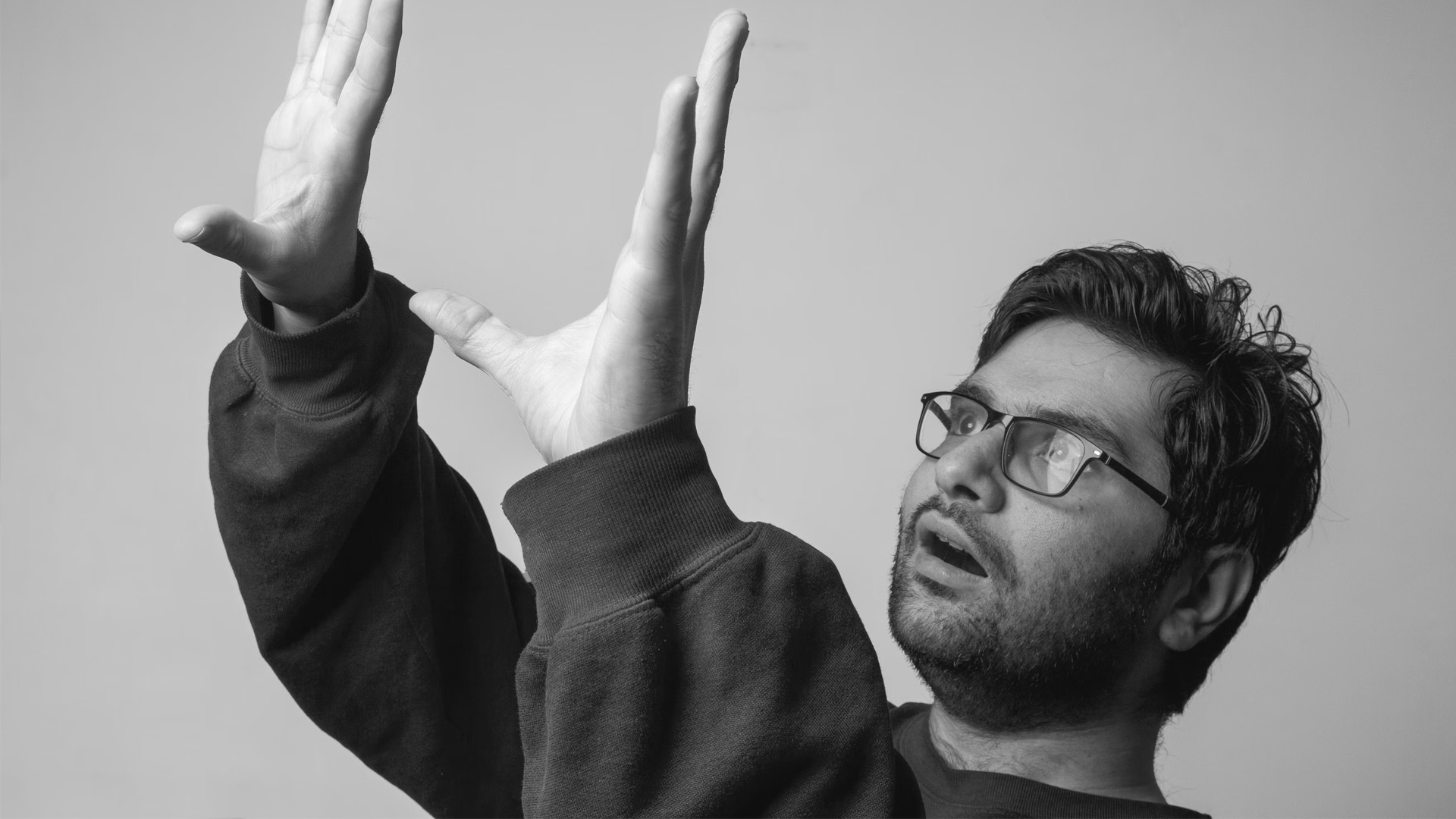Standing out. The struggle is real. You only have to look around to see that.
The expected B2B visuals that lack punch. The commoditised offerings that are hard to tell apart.
When it feels like everyone’s saying the same thing, why are people still reluctant to try something different?
Could it be that, while we want to do something different, we’re stuck in old habits? After all, it’s easier to go with the flow than challenge the status quo. I get it. It’s hard to do something different, but it amounts to a crisis of confidence in B2B creativity.
No doubt you’ll recognise the challenges; The abundance of micro differentiators makes it hard to identify a USP. The broadness of audiences makes it difficult to find real insights. And many marketers feel more comfortable reverting to product and service messages. Yes – that’s still a thing.
But one of the biggest issues is process. Getting stakeholders together, aligned and contributing, for one, and getting them to contribute at the right time.
Some stakeholders – technical or product experts – are not experts in communication. Their contribution is most important in the beginning and, arguably, less important when judging the work.
To round off these challenges, there’s also the cultural aspect. Some organisations prefer safe and comfortable. Even their marketers see a departure from the norm, or any talk of creativity, as fluffy.
So, how do you give people the confidence to do something different, or, to be more accurate, something more effective?
For us, the answer lies in human understanding. And the recognition that most human behaviour operates outside of our consciousness.
Science has shown us that human behaviour is not just rational. Buying behaviour is influenced by emotion, memory retrieval and perception.
So, if we want to connect with people, it makes sense to get some help from neuroscience.
For example, if you want to understand what someone will do, just ask them. Right? The problem is, people tell you what they think they will do (or what they think you want to hear), but that’s not necessarily a true reflection of how they actually feel.
Implicit time response testing goes beyond what people say to understand the strength of their emotional conviction. At the simplest level, the faster the response, the easier it was to access from memory – making it more authentic.
Find out more about how that works here >
We’ve been using this type of creative testing to give our clients confidence that their campaign is going to both stand out and drive action. The road to getting there has been smoother too. There’s less subjectivity. And more focus on what’s working for the audience.
Creative testing with implicit research techniques helps brands understand what truly drives customers. It can help measure how the brain is responding, what people like and how they make complex decisions.
At TMW Business, we build our research methodologies to deliver on our brand promise: ideas that move people. This means emotion, motivation and action are all measures of effectiveness.
Because if you can win heads and hearts, you can win business.
Author: Eoin Rodgers
Photography: Photo by Usman Yousaf on Unsplash

No comments.